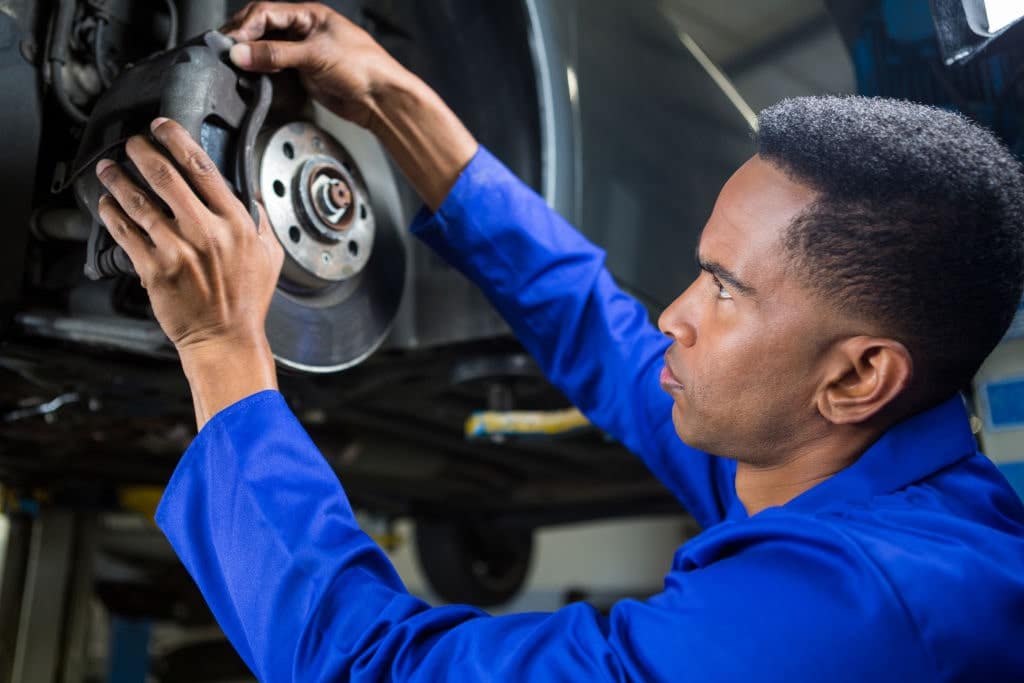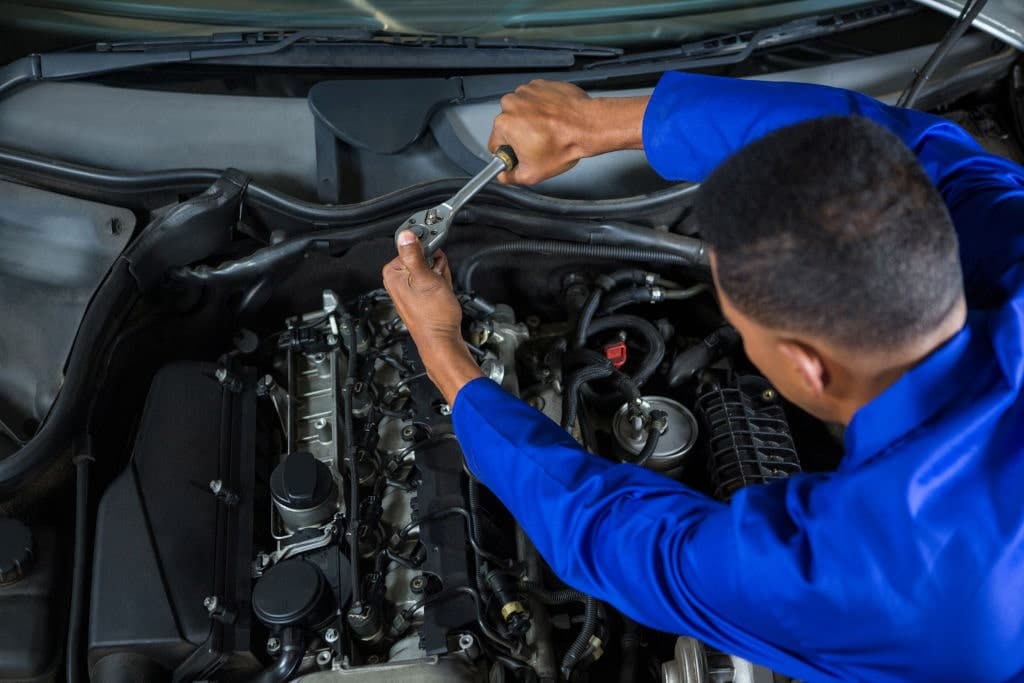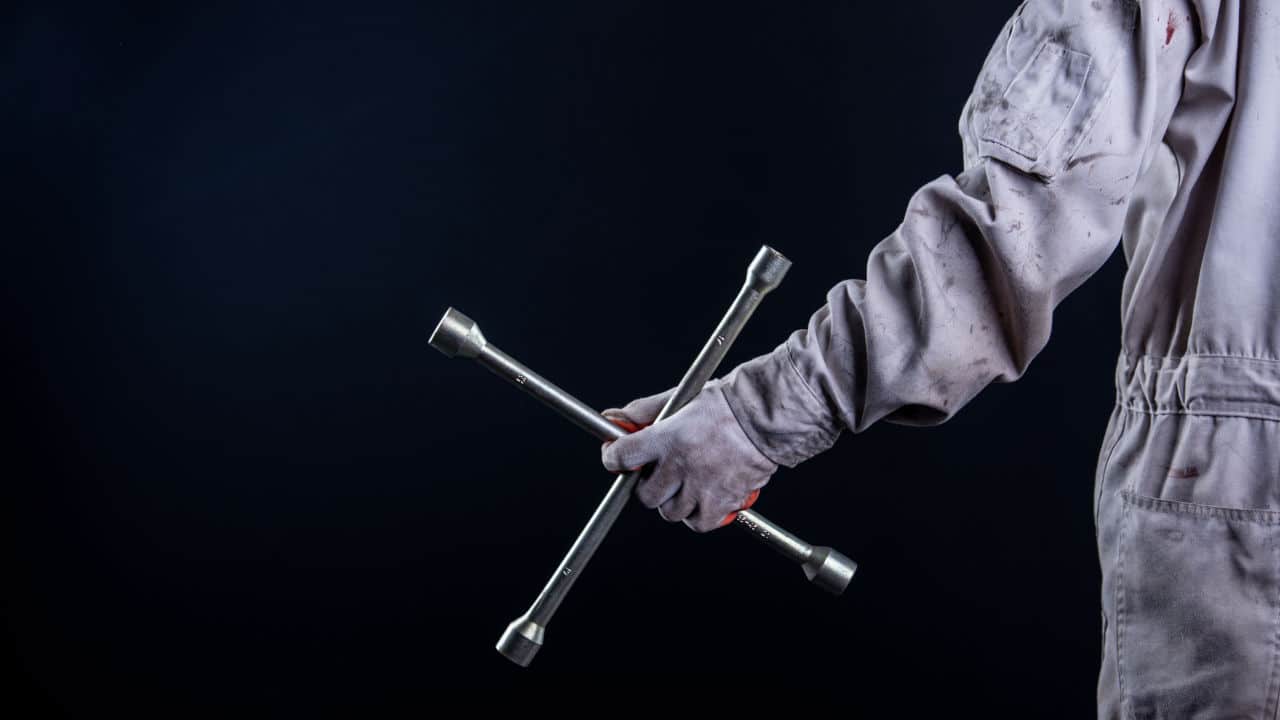In the US, car mechanical failures continue to be a severe issue as safety on the road is crucial. While human mistakes like drunk driving, and distracted driving account for many traffic accidents, mechanical failure is just as harmful. Every driver owes an obligation to keep their cars, including all mechanical parts and safety parts, in good working condition.
The National Highway Traffic Safety Administration (NHTSA) estimates that mechanical problems were a factor in almost two million serious auto accidents in the United States over two years. However, the same report states that 2% of accidents were caused by mechanical failure.
7 Most Common Types Of Car Mechanical Failures
Here are the top seven mechanical problems cited as major contributing factors in fatal car accidents.
- Tire Problems
Tires are a crucial part of cars and can improve driving safety. When driving, most people don’t realize how essential tires are. They are the only car part touching the ground, which is critical for braking and control.
Blowouts and worn tires are the two issues drivers have with their tires. Blowouts drastically reduce the ability to control a car, which increases the risk of collisions. In addition, when tires are worn, they can no longer cling to the road, making them lose traction.
- Faulty Brakes
One of the most crucial components of a car is the brakes. Every time a driver gets behind the wheel of a car or truck with defective or damaged brakes, they run a significant risk of getting into an accident.
The most frequent reason for failure is a brake line leak. Once there is insufficient brake fluid to transmit the pressure from the pedal to the tires, the brake fluid will gradually drain. The brakes can also stop working when the discs or drums become worn down and can no longer control the wheels with enough friction.

- Steering System Defect
Modern steering systems are known to increase vehicle controllability and driving accuracy. However, if these systems fail, terrible collisions may lead to fatalities or impairments that last a lifetime.
Car manufacturers are often liable for defects in the steering system. Steering linkages, suspension, ball joints, tie rods, and power steering fluid lines are just a few components that make up a steering system and can all break or wear out.
- Engine and Transmission problems
Even though engine failure is uncommon, it can result in serious auto accidents. There is always a chance for an automobile accident when an engine breaks in the middle of the road.
An automobile’s engine can fail due to low oil levels, necessitating costly repairs. Without adequate oil, the engine’s metal components could rub against one another and heat up from friction. In other situations, the victim may be able to bring a claim against the automaker, distributor, or retailer because the engine itself is faulty.
- Headlight or taillights issues
The roles of properly functioning headlights and taillights are numerous. They make it possible for drivers to see the road more clearly at night or in bad weather. They also help other people see the driver. When lights malfunction, it may be challenging to convey to other cars that you are turning, which may cause accidents.
- Wipers and Defroster’s issues
Driving safely depends on having clear visibility out of your windshield. Rain and snow can make it challenging to see, which is why your windshield wipers and defrosters are helpful.
- Faulty Suspension
A car’s suspension system can be considered a protecting lattice made up of dampers and springs that absorb stress. By absorbing the energy from numerous road bumps and other kinetic events, the suspension of an automobile contributes to safe and comfortable operation. Additionally, it aids in keeping the tires in touch with the ground by increasing tire friction.
Who Can Be Liable For An Accident Caused By Car Mechanical Failures?
Manufacturers, mechanics, and drivers or owners of the vehicle are frequently the three parties that may be held accountable when a mechanical breakdown results in an accident.
Laws based on comparative fault allow for allocating partial or total responsibility for an offense.
- The Car Manufacturer
After a mechanical failure, the car manufacturer is the first party to be investigated. A vehicle manufacturer may be held accountable for damages if an accident results from a design flaw that renders it inherently unsafe.
Strict liability is the legal principle that governs the car manufacturer. The victims of auto accidents are not required to explain how or why a mistake was made during the car’s construction. Having a defective vehicle on the road entails the car maker being held strictly liable.
Strict liability and negligence was the central issue in the case of Hasson v. Ford Motor Co. In this case, the plaintiff suffered a skull fracture from the negligent manufacture of the car by the defendants.
The plaintiff attempted to slow the automobile by applying the emergency brake and putting the transmission in reverse. Still, his attempts were unsuccessful, and the car eventually slammed into a fountain at the bottom of the hill.
The trial court held the manufacturers liable for negligence on the ground of strict liability. The jury then gave judgment for the plaintiff and awarded damages of $1,123,840 against the manufacturing company.
- A Mechanic
Accidents could also happen as a result of poor or faulty repairs. Suppose an accident occurs soon after a driver has just repaired their car. In that case, the victim may be entitled to sue the negligent mechanic or the repair facility if the work they did on the vehicle caused or contributed to the accident.
In the case of Stuckey v. Young Exploration Co., a commercial truck owned by the plaintiffs was delivered to the defendant for repair. A nine-day period afterward, an employee of the company was hurt in an accident.
According to the plaintiff, the defendant ought to have been aware of the mechanical issue resulting from the accident. He argued that the defendant should have fixed the problem or alerted him to the potentially hazardous situation.
The court held the repair company liable for injuries sustained in the accident. They recognized the obligation of a car repairer to take reasonable precautions to avoid hurting anyone whose person or property might reasonably be believed to be at risk from the car’s likely usage after repair.

- The Driver
Drivers and owners of cars are in charge of keeping them in good condition and ensuring they are safe to drive. A motorist may be held accountable for an accident caused by mechanical failure if they neglect essential vehicle maintenance or inspection.
Moreover, they would also be liable if they were aware of a problem and failed to address it promptly.
Let’s consider the case of Matthews v. Beyer. In this case, the plaintiff brought an action against the defendant, the driver, to recover for personal injuries from a car accident.
The court established that the defendant had neither left tail nor brake lights. The right tail lights he had did not have a turn signal. This mechanical failure makes it significantly impossible for other motorists to see the defendant’s car. Hence, increasing the likelihood of an accident.
The court gave judgment in favor of the plaintiffs as they had sufficiently proved a proximate causal relationship between the defendant’s negligence and the accident.
Getting Compensation After A Mechanical Failure Accident With Legal Animation
When a mechanical accident occurs, most people don’t even understand the various factors that can cause such an accident. Due to this, an illustration of the accident is frequently a crucial component of a successful mechanical failure accident claim.
This animation would reveal factors that led to the crash, such as the force of the collision, the vehicle defect that resulted in a driver losing control, and more. Hence, supporting a claim of a defective product.
Experts in accident reconstruction are frequently called in when there is disagreement over the cause of a collision. An expert may be able to identify the precise mistakes committed by the negligent motorist or manufacturer that caused the crash.
In conclusion, Fox-AE is a litigation animation company that is experienced in creating demonstrative exhibits illustrating various types of car mechanical failures. We work closely with attorneys, accident reconstructionists, or expert witnesses on a case to identify the cause of a car’s mechanical failure and recreate it into a demonstrative exhibit. With our illustrations, we can clearly show to the jury the causation of the mechanical failure of the vehicle and its resulting injuries.





